Large Stadiums Intelligent Lighting Solutions
Project Background
Modern large-scale comprehensive sports venues (hereinafter referred to as sports venues) not only need to meet the requirements of various large-scale competitions and artistic performances in terms of function, but also can undertake different large-scale exhibitions and gatherings. The venues are divided into main competition areas and general competition areas, usually including badminton courts, table tennis courts, volleyball courts, tennis courts, basketball courts and other venues as well as supporting functional areas.
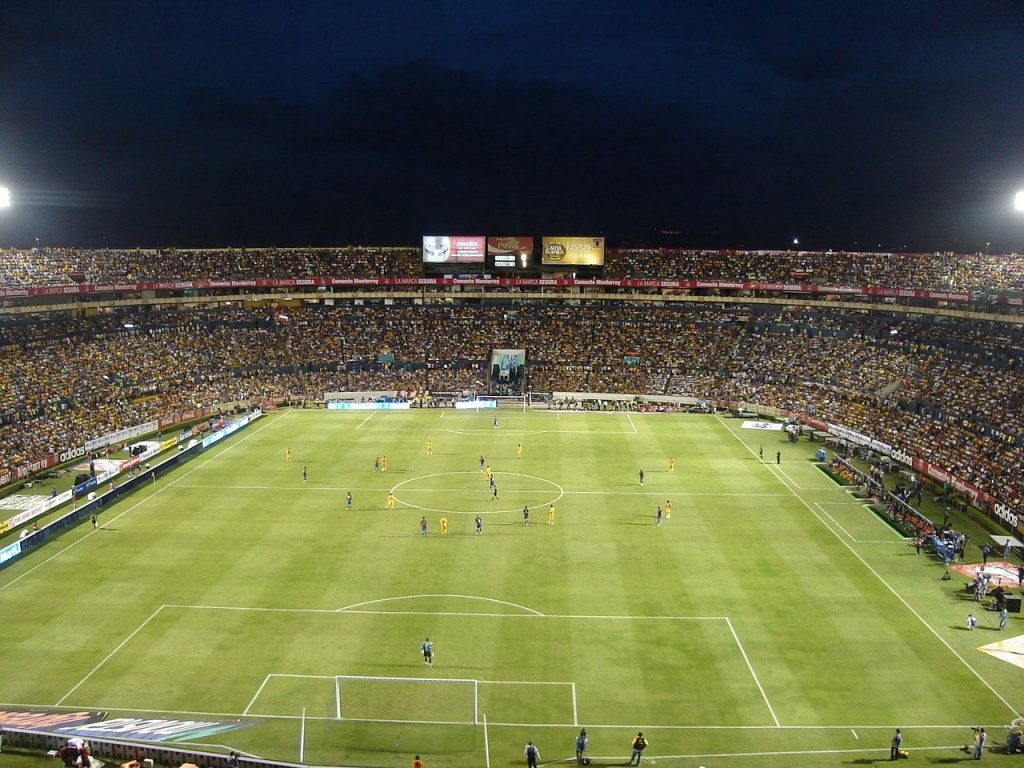
Lighting is one of the key elements that fully demonstrate the functions of sports venues. The focus of sports venue lighting is the lighting of sports fields, that is, competition lighting. Secondly, general lighting, spectator stand lighting, emergency lighting, field lighting, building facade lighting, and road lighting systems are all important components of sports venue lighting. How to meet the scene lighting requirements of various competition venues, treat each lighting system uniformly, and ensure that color temperature, illuminance, glare, and color rendering index all meet the specified standards is not only a matter of choosing lamps and light sources but also depends on the selection of control systems and how to coordinate the lighting of each part to accurately express the lighting requirements of various competitions. Choosing an intelligent lighting management system is a necessary choice for modern comprehensive functional sports venues.
Requirements Analysis
Characteristics of Modern Stadium Lighting
Modern multi-functional sports venues can be divided into two major areas based on functional zones, namely the main competition area and the auxiliary area. All auxiliary areas can be further subdivided into spectator stands, restaurants, bars, coffee shops, meeting rooms, etc. Modern sports venues have the following basic requirements for lighting:
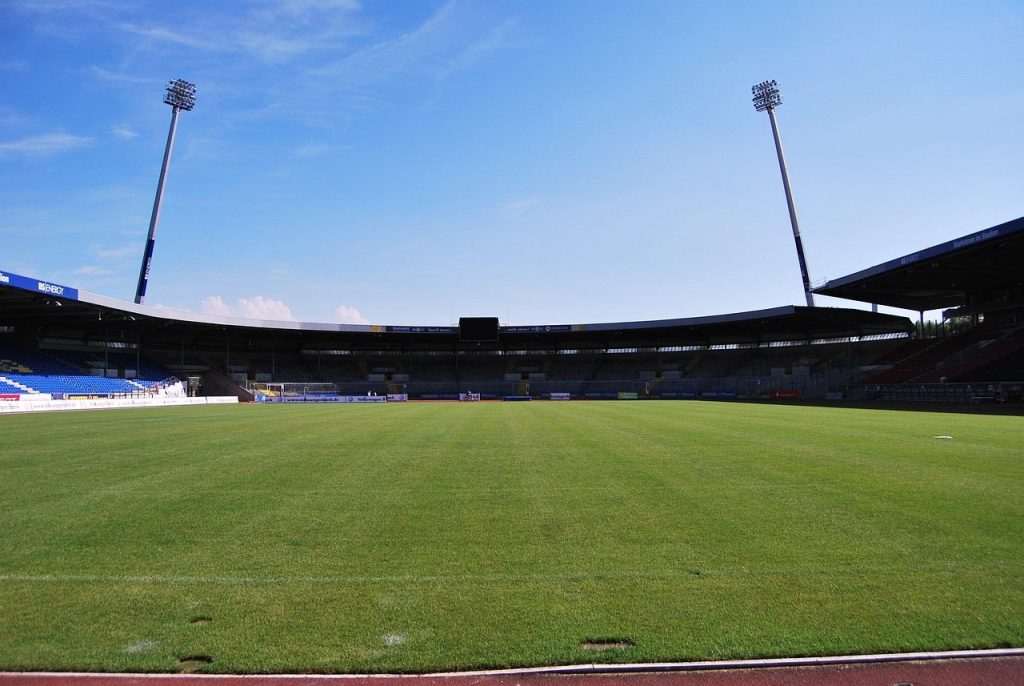
①Athletes and referees: can clearly observe any activity within the competition venue and perform at their best.
②Audience: Watching the game in a comfortable setting while having a clear view of the surrounding environment, especially regarding safety issues during entry, the viewing period, and exit.
③ Television, film and news professionals: They can capture excellent effects of the game process, close-ups (extreme close-ups) of athletes, the audience seats, the scoreboard… etc.
The lighting for the main stadium not only needs to be stable and reliable in terms of brightness to meet the visual requirements of athletes during competitions, but also must satisfy the lighting demands for color television broadcasts and photography. Generally, the color rendering index Ra of the main stadium’s lighting should be greater than 70, the color temperature should be between 3000 and 7000K, and the brightness should range from 300 to 1500 Lux. During regular competitions and normal training, the illuminance can be reduced to below 750 Lux.
The main stadium’s lighting can generally adopt a combination of metal halide lamps as the main source, mixed with iodine tungsten lamps and PAR lamps as the auxiliary, to meet the requirements of illuminance. Due to the high power of metal halide lamps (250W – 2000W), their starting current is 1.5 times larger than the normal working current, and the starting time of the lamps is as long as 4 to 10 minutes, with a longer restart time of about 10 to 15 minutes. Therefore, it is necessary to control the starting of metal halide lamps properly.
Due to the fact that different sports have distinct lighting requirements for the same competition venue, and even the same sport has varying lighting needs at different times, such as during preparation, the start of the official game, intermission, and in the spectator stands, the lighting control of the competition venue must adapt to various lighting modes. It is difficult to meet these diverse control requirements with conventional control devices.
For various functional areas in the auxiliary zones, the lighting effect plays a crucial role in the entire environment, making lighting design particularly important. Usually, multiple light sources are employed, creating a grand and layered atmosphere. Through dimming and scene preset functions, a variety of lighting effects are achieved, transforming different light spaces and providing people with a comfortable and perfect visual experience.
Functional Requirements Analysis
Sports venues typically feature numerous lighting circuits, high power consumption, and widely dispersed lighting fixtures. Moreover, different scenarios are required during use to meet the functional demands of various occasions.
The traditional lighting circuit is from the circuit breaker to the switch and then to the lamp. Due to the numerous circuits in sports venues, a large number of cables are led to the control room, which causes the size of the cable tray to keep increasing. At the same time, a lot of wires and cable trays are consumed.
The output relays of the intelligent lighting control system are installed together with circuit breakers in distribution boxes. Multiple distribution boxes are distributed in various locations within the sports venue area. Category 5 twisted-pair cables are used to connect the multiple distribution boxes, and then connected to the on-site control panel via Category 5 twisted-pair cables, and finally linked to the control room. In the control room, the entire sports venue’s lighting can be controlled through the panel. In this way, a significant amount of wiring and cable trays can be saved.
When traditional methods are used to achieve complex functions such as multi-point and area control, the wiring is particularly complicated; however, when an intelligent lighting control system is employed to realize these functions, the wiring will be very simple.
Intelligent Lighting Control Methods
1.Scene control: In public areas, the lighting zones can be controlled through the scene control panel according to the pre-set scenes. It can be defined as on, off, or delayed, for example, the lights turn on and then automatically turn off after a delay.

2. Timed control: In some public areas, the on and off times of the lights can be controlled by time, following the normal working hours, to enable the lights to turn on and off at scheduled times.
3. Infrared motion control: Public area lighting (such as corridors, lounges, and stairwells, etc.) is automatically controlled by infrared motion sensors. Their working status can be changed according to actual needs through the central monitoring computer.
4. On-site panel control: Each lighting zone can not only be automatically controlled (timed or by computer), but also offers on-site local control, which is convenient for changing from automatic (timed or computer) control to manual control of the lights’ on/off status when special circumstances occur.
5. Centralized Switch Control: Through the monitoring software with graphic display used on the central monitoring computer customized for the stadium, a simple, clear, easy-to-operate and friendly graphical interface is provided for the end users, enabling non-professionals to also use it normally to control the on and off of each light or each group of lights.
6. Group combination control: Through the central monitoring host, all lighting points can be controlled in large-scale combinations. During holidays, the lighting effects of the entire building can be changed through pre-set lighting effects, creating overall changes in the lighting effect of the entire building.
7. Interconnection with other systems: Through interfaces, it can be interconnected with other systems (such as building control, fire protection, security, etc.), and the entire lighting system can be controlled for each lighting control point in accordance with specific needs in conjunction with other systems.
8. Wide-area control: According to needs, the working status of the entire lighting system can be remotely monitored through the Internet or mobile phones, etc.
Design Principles
1. Advancedness and Applicability
While the technical performance and quality indicators of the system reach the leading level in China, it ensures that the installation and commissioning, software programming, and operation and use of the system are simple and easy to master, and have the characteristics suitable for this project. The intelligent control system network technology adapts to the requirements of the times. At the same time, the system can be used for various management levels. The configuration of our system functions is based on providing users with comfort, safety, convenience and speed as the criterion, and the operation is simple and easy to learn.
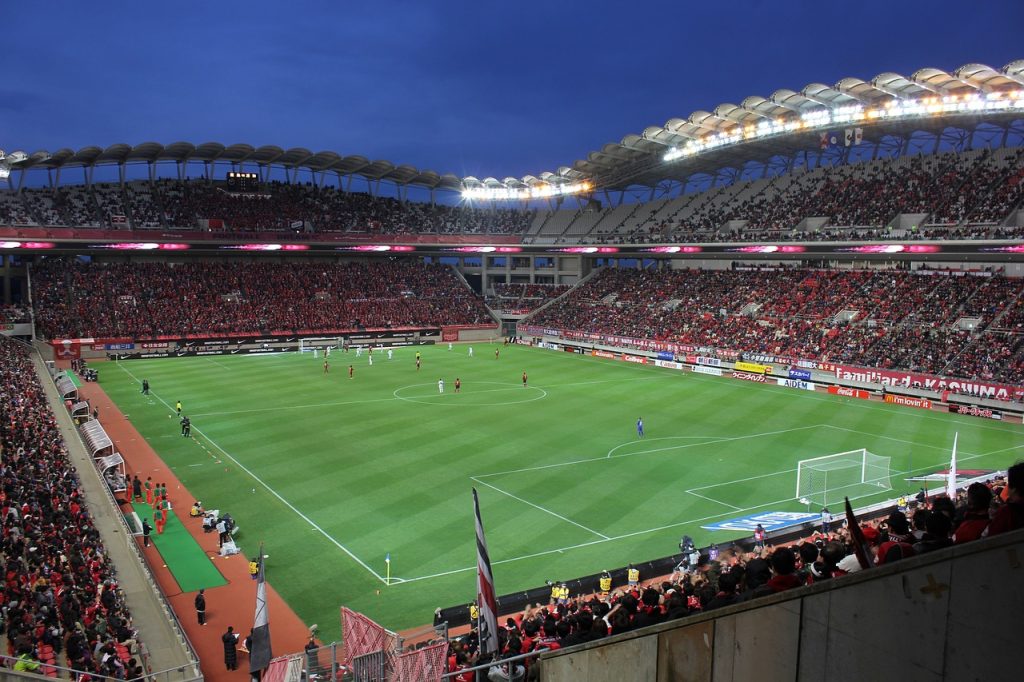
2. Economy and Practicality
This system fully takes into account the actual needs of users and the trends of information technology development. Based on the on-site environment of users, it designs system configuration plans that are suitable for the on-site conditions and meet the needs of users. Through a rigorous and organic combination, it achieves the best performance-to-price ratio to save users’ engineering investment. At the same time, it ensures the implementation requirements of system functions to achieve the goal of being economical and practical.
3. Reliability and Safety
In the design, the principles of high starting point, high quality and high reliability should be followed. After a system failure or accident causes the system to crash, it can ensure the accuracy, integrity and consistency of the data, and has the function of rapid recovery. At the same time, the system has a complete set of management strategies to ensure the safe operation of the system.
4. Openness and Standardization
Open and standardized technologies enable air conditioning, ventilation and lighting equipment within buildings to be conveniently integrated into a single platform. This will significantly reduce personnel training and equipment maintenance costs, improve energy utilization rates, and provide value-added services by collecting and sharing a large amount of real-time equipment operation and financial consumption data. Open systems use standardized protocols such as TCP/IP and LonWorks, achieving compatibility with almost all systems on the market and allowing integration into the same network architecture. Therefore, engineers can customize solutions based on actual conditions. Our system is not limited to the technology of a single supplier, giving you more choices.
5. Expandability
The system design takes into account the future technological development and usage requirements, allowing for updates, expansions and upgrades. It can also expand system functions based on the actual requirements of future project engineering. Meanwhile, redundancy is reserved in the scheme design to meet the users’ future development needs.
6. Pursue the most optimized system equipment configuration
Under the condition of meeting users’ requirements in terms of functions, quality, performance, price and service, we pursue the most optimized system equipment configuration and try to minimize the system cost for users as much as possible.
7. Lifetime Maintenance Service
We firmly believe that every investment made by our investors should yield long-term returns – either in the form of tangible economic benefits or as a cornerstone for career success. Considering the unique nature of each building, we will closely cooperate with you and tailor practical solutions based on your evolving needs. We promise to provide timely maintenance and update services based on the latest technological research, ensuring that the building remains youthful and offers you a lasting, comfortable and energy-efficient environment.
Advantages of Adopting Intelligent Lighting
1.Realize intelligent control
The intelligent lighting control system adopts advanced electronic, electrical and communication technologies. It not only enables single-point, double-point, multi-point, area, group control, scene setting, timed switching and on-site real-time monitoring, but also allows for pre-programming of lighting control modes based on the illuminance standards and lighting quality requirements of various sports events in advance.
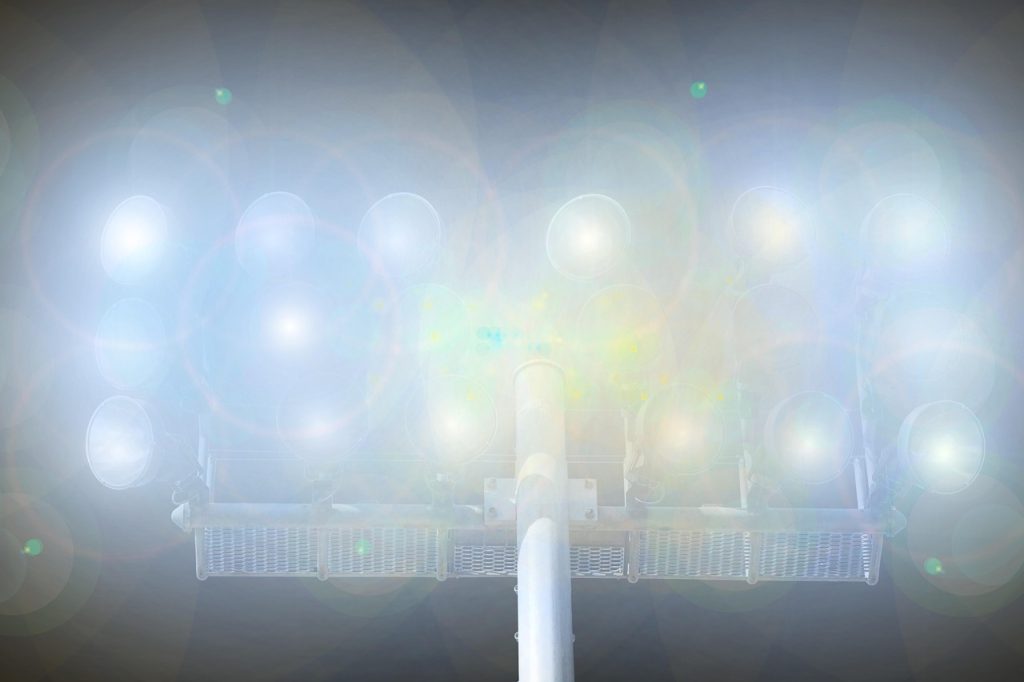
For instance, for the common sports events such as basketball, tennis, handball and volleyball that are scheduled to take place in sports venues, the intelligent lighting control system can pre-program various lighting modes and store them in the panel buttons, putting it in a fully automatic state. According to the requirements of different scenes during the game, various scenes needed during the game can be achieved by simply touching the buttons.
2.In line with the green lighting program
The intelligent lighting control system optimizes energy utilization, reduces operating costs; protects lamps and reduces lamp damage; intelligent control: fully utilizes the illuminance changes of natural light to determine the range of electrical lighting activation; low-voltage distribution system design, facilitating metering and accounting for economic calculation units.
Sports venues ensure various competition levels by pre-programming lighting modes in the system, selecting high, medium and low three levels of illuminance values according to the illuminance standards; choosing appropriate lighting methods, with mixed lighting methods adopted in places with higher lighting requirements and zonal lighting methods or other energy-saving methods used in places with lower requirements.
For various competitions that require live broadcasts or satellite transmissions, higher illuminance standards should be adopted. For training and competitions, medium illuminance standards can be selected. During regular training, only the area lighting is turned on. All these can be preset in the intelligent lighting control system in advance to achieve the expected effect.
3.Facilitate management and reduce maintenance costs.
The intelligent lighting control system changes the traditional manual simple switch management mode of lighting. It uses advanced electronic and electrical technology to display the lighting status of the entire comprehensive sports venue on the monitoring interface for browsing and real-time monitoring. Thus, the management of the entire sports venue is elevated to a new management mode. At the same time, it reduces the maintenance process and time of the entire system, lowers maintenance costs, and brings significant investment returns.
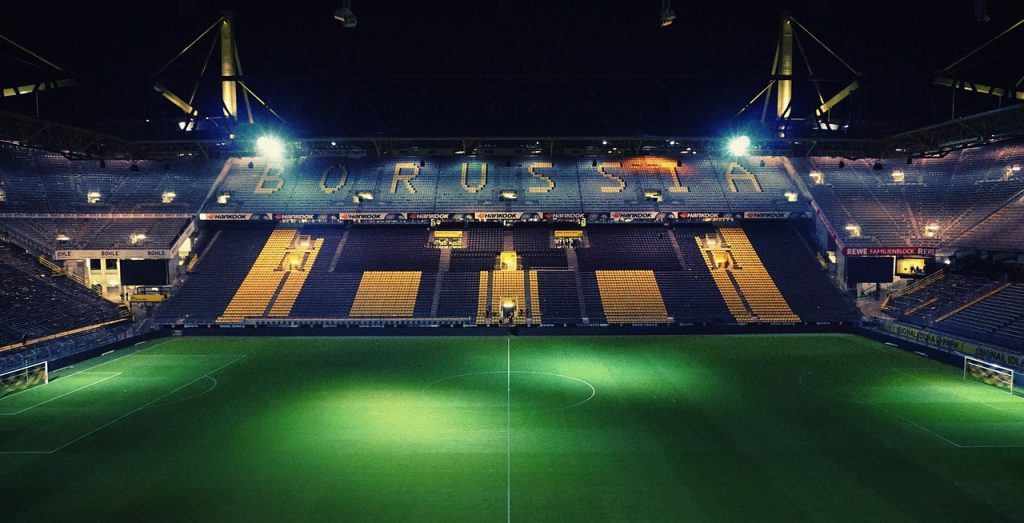
4.Simple design
The design of traditional lighting control circuits is rather complicated, and in the design process, both control and load need to be comprehensively considered. However, with the application of intelligent lighting control systems, only the number, capacity of load circuits and the location of control points need to be taken into account. All kinds of complex functions can be realized through software programming after the hardware installation is completed. Even if the design is changed at the last minute, it can still be done, as it merely requires a reconfiguration.
5. Easy to install
The power lines of traditional lighting control systems are long and the construction is rather troublesome. However, the wiring of intelligent lighting control systems is only between control devices and between control devices and loads. Therefore, the amount of cables on the main line can be minimized. Comprehensive statistics show that the wiring of intelligent lighting control systems can save 30% of material costs compared to traditional wiring, and the installation time can also be greatly shortened. On-site construction personnel can clearly feel that the installation of intelligent lighting control systems has the characteristics of simplicity, speed and low cost.
6. Safe to use and highly sustainable
According to the changes in user demands and external environments, the lighting layout and functions can be adjusted and expanded by merely modifying the software settings instead of renovating the circuits, which significantly reduces the renovation costs and shortens the renovation cycle. The working voltage of the control loop is the safe voltage of DC24V, ensuring personal safety even if the switch panel leaks electricity accidentally. The system is open and can be integrated with other property management systems (BMS), building automation systems (BA), security and fire protection systems, in line with the development trend of intelligent buildings.
7. Energy conservation and environmental protection
After adopting the intelligent lighting control system based on the bus system, low-cost unshielded Category 5 cables can be used to replace a large number of strong current cables, thus reducing the use of a lot of PVC materials during the construction process and minimizing environmental pollution.
8. The adoption of an intelligent lighting system is also an important symbol of modern sports venues.
Complete facilities, comprehensive functions and advanced technology all reflect the grade of modern sports venues; its lighting design is a strong-functional, highly technical and rather difficult design. Whether the lighting of the sports venue can meet the high-standard lighting quality requirements is one of the main indicators to evaluate a comprehensive sports venue; it also directly reflects the degree of modern technology application in the sports venue.
Equipment Configuration Introduction
Principles for Selecting Equipment
Different intelligent control devices should be selected based on different functional areas. The control modules are mainly installed in the control box, and corresponding control modules are selected according to different control circuits to meet the control requirements as much as possible while fully utilizing the resources and features of each product. The selection of control panels, infrared detectors, etc. mainly depends on different functional areas, choosing the most suitable equipment to achieve the best effect. For example:
For stairways, corridors, bathrooms, etc.: Infrared detectors are selected. They automatically turn on the control circuit when sensing human movement and automatically turn off after a delay. They also have functions such as adjusting to ambient brightness, time delay, and function locking.
General Function Area: The lighting arrangement in this area is relatively simple. Considering its specific usage function, an intelligent control panel is selected, which can not only connect with other devices in the system but also meet the control requirements, and is both economical and aesthetically pleasing.






